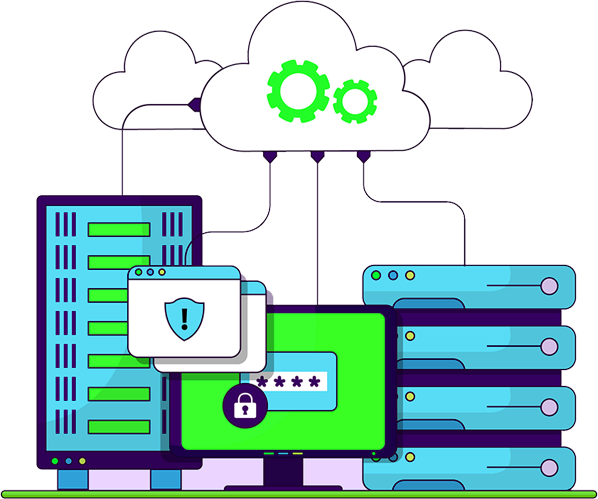maintenance
Website maintenance is more important than website development. Website maintenance involves several important tasks to ensure the smooth functioning and security of a website
And we take full care of all these aspects responsibly

Regularly updating the Content Management System (CMS), plugins, and themes.
Keeping the website content fresh and relevant with new information, blog posts, or product details.
Identifying vulnerabilities and protecting the website from viruses or hackers.
Taking regular backups of data and files to recover in case of emergencies.
Checking the loading speed and responsiveness of the website and making improvements.
Repairing non-functional links to enhance user experience.
Optimizing the website for Search Engine Optimization (SEO) to increase traffic.
Analyzing visitor data and understanding user behavior using tools.
Ensuring the website's database is clean and optimized to improve performance.
Ensuring the website's database is clean and optimized to improve performance.
Ensuring the website works seamlessly across different web browsers..
Making the website accessible for users with disabilities (e.g., following WCAG guidelines).
Checking forms, shopping carts, and other functionalities to confirm they’re working correctly..
Monitoring logs for errors and resolving them promptly..
Conducting audits to identify areas for improvement, such as user experience (UX) design or security loopholes..